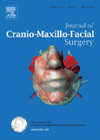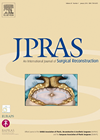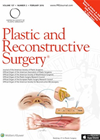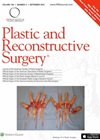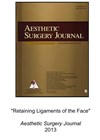
Journal Reviews archive for April 2016
Sialendoscopy assisted excision of parotid stones
This is a retrospective paper from China that looks to assess the efficacy and safety of sialendoscopy with a combined transoral or transcutaneous approach for the removal of parotid stones. Sialolithiasis is known to be a major cause for obstructive...
Three-dimensional visualisation of the human face using DICOM data
This is an extended case report and something I would not normally review for the purposes of PMFA News. However, we should welcome innovation and use of simple technologies to potentially improve clinical care. This study describes the use of...
Nanotechnology and regenerative therapeutics in plastic surgery
This review is focussed on how novel nanotech therapeutics can apply to modern plastic surgery. The review does not pose a specific question and, therefore, does not base the review on a particular hypothesis to whether nanotech carries an evidence...
Long-term outcome of the Turkish delight graft
The author of this study shows the long-term results of the Surgicel-wrapped diced cartilage, better known by rhinoplasty surgeons as the Turkish delight (TD) graft. The graft, originally described by the author of the article, was meant to be used...
Treatment of vertical alar discrepancy
This article explains the way to treat vertical alar discrepancy through alar crease and alar sulcus full-thickness incisions and advancement-rotation of the alar flaps. The authors divide the group of patients into three main categories depending on the vertical movement...
Addressing eyelid ptosis in upper lid blepharoplasty
The authors of this article thoroughly explain the anatomical basis of upper eyelid asymmetry and the impact it may have on blepharoplasty. The eyelid is divided into three different areas (brow fat span, tarsal plate show and margin reflex distance)...
A new method for free-flap total nasal reconstruction
Total nasal reconstruction is a challenge for facial plastic surgeons. Although most cases can be handled with local flaps, a bad state of the perinasal soft tissues, such as patients with head and neck radiotherapy may preclude its use with...
Lateral crura reinforcement with the sandwich technique
Maintaining nasal tip structure and contour is an important goal during rhinoplasty surgery. Tip deformities can occur due to lateral crura malposition, trauma or sometimes due to excess of lateral crura triming during previous surgeries. The consequences of lateral crura...

